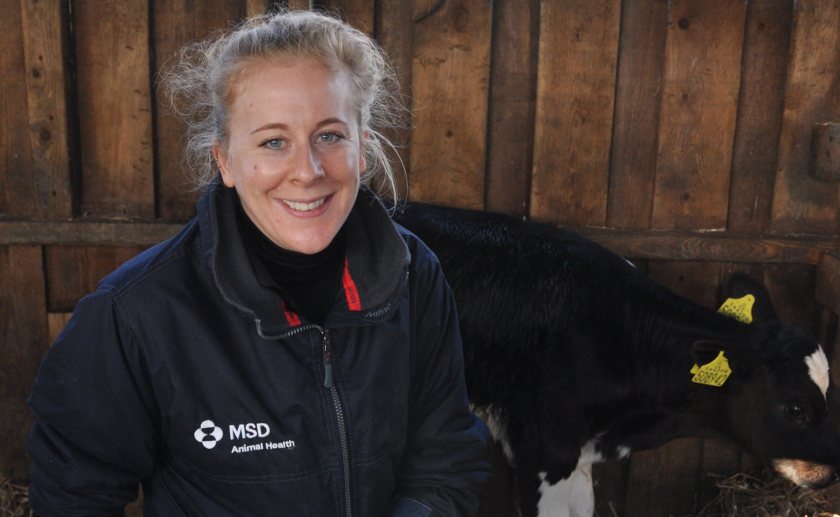
Farmers are being urged to act now to shield calves from bovine respiratory disease (BRD) ahead of winter housing, with beef prices still riding high.
BRD is one of the most significant health threats to youngstock, costing the UK beef and dairy sectors an estimated £80 million a year in lost productivity, treatment and mortality.
In beef systems, infection can reduce liveweight gain by more than 200g per day from birth to slaughter.
Environmental pressures at housing – including fluctuating temperatures, nutritional stress and the mixing of groups – make calves particularly vulnerable to respiratory infections.
Vet Dr Kat Baxter-Smith from MSD Animal Health warned that prevention is important: "Lost production from BRD—or having to treat sick animals—can directly impact farm profitability.”
“This year, more than ever, with high beef prices, it’s vital that farmers maximise growth rates and protect profit potential."
She added that the disease does not always show obvious clinical signs: “BRD doesn’t always show obvious signs but can silently reduce growth rates and extend finishing times, making early detection essential.”
To support early action, MSD Animal Health is offering subsidised BRD screening through most veterinary practices in Britain.
The test involves taking blood samples from calves aged three to six months, which are then analysed in a Netherlands laboratory using ELISA technology.
Antibodies to five major BRD pathogens are identified: bovine coronavirus, bovine respiratory syncytial virus (BRSV), bovine parainfluenza virus type 3, M. haemolytica and Mycoplasma bovis.
The results can then be used to inform tailored vaccination programmes and management strategies.
“Screening takes away the guesswork,” explains Dr Baxter-Smith. “It gives vets and farmers hard evidence of which pathogens are circulating on-farm and highlights immunity gaps. From there, it becomes much easier to make targeted prevention decisions.”
Vets can also use Thoracic Ultrasound (TUS) to check for lung damage, with the screening data helping to pinpoint the pathogens responsible.
While clinical BRD is typically diagnosed in 11–16% of calves, subclinical disease may affect as many as 23–67%.
Dr Baxter-Smith stressed the hidden cost of these cases: “These animals might not be picked up by eye, but the consequences are real and long-lasting.”
Even small lung lesions can significantly reduce growth rates – by as much as 96–138g per day – underlining the importance of preventative strategies.
Dr Baxter-Smith emphasised the need for a shift in approach: “This is why we must move beyond reactive treatments and focus on proactive, immunity-led prevention.
"Stopping BRD before damage occurs starts with understanding what’s happening in the calf’s environment and body.”
